Europe
The Abolition of Slavery Project
By breaking up the site into different areas of focus, such as enslavement itself and abolition, it allows itself to be easily navigable by students and scholars alike.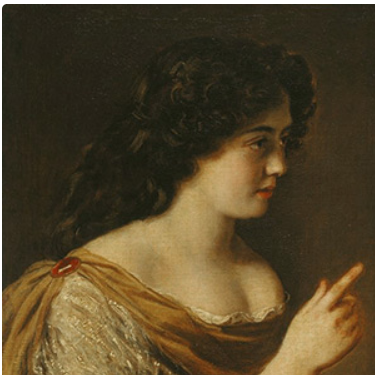
The Letters of Marie Mancini
The site’s great strengths currently lie in its annotated translations and ease of use, with the team having obviously given some thought to how users might want to explore these letters.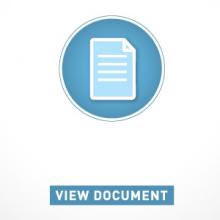
Short Teaching Module: The Forgotten Beirut-based Companies in the Global History of Capitalism
The history of capitalism has traditionally centered Europe, but the reality is that globalization and exchange has been shaped by actors from around the world.
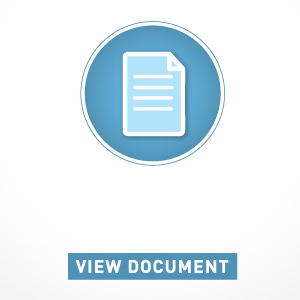
"The Money Market" Article
The London Evening Standard reported in 1881 that one transaction from the Sursuq (Sursock) and Debbas families caused the French stock market to decline. The Levantine companies had accumulated significant capital from silk and futures trading throughout the mid-nineteenth century.

Section of "The Bubbles of Finance"
Malcolm Ronald Laing Meason was a famous journalist and book author. As a respected authority on trade and finance, he possessed insider knowledge that journalists of articles like “Islam on the Ebb” did not. In 1865 he witnessed the Levantine companies becoming wealthy from trading in futures.
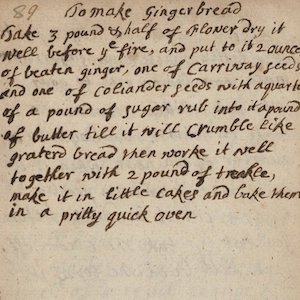
Ginger bread recipe
This late-seventeenth century recipe for gingerbread shows how colonization in the Atlantic world changed what men and women in England would have eaten. The recipe includes ginger and sugar.

Coin minted by Constantine
Constantine erected large monuments to his rule, most notably the Arch of Constantine in Rome, but he also portrayed his religious sentiments and celebrated his reign in smaller ways, through coins and portraits.

Selections from Eusebius, Life of Constantine
The most important record that remains of Constantine’s life is a biography written shortly after his death by the historian and Christian bishop Eusebius of Caesarea (ca. 263–339 ?), a close adviser to Constantine.
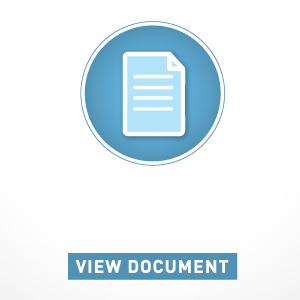
Constantinian Edicts
Many of the records that survive from Constantine’s reign are official edicts and proclamations, written on papyrus and parchment.

Short Teaching Module: The Legacy of Charlemagne through the Ages
Teaching about the interplay of history and memory is fascinating. This is particularly true in an age when students are so highly attuned to source bias through news, life experience, online and social media interactions, and of course, learning about such issues in school.